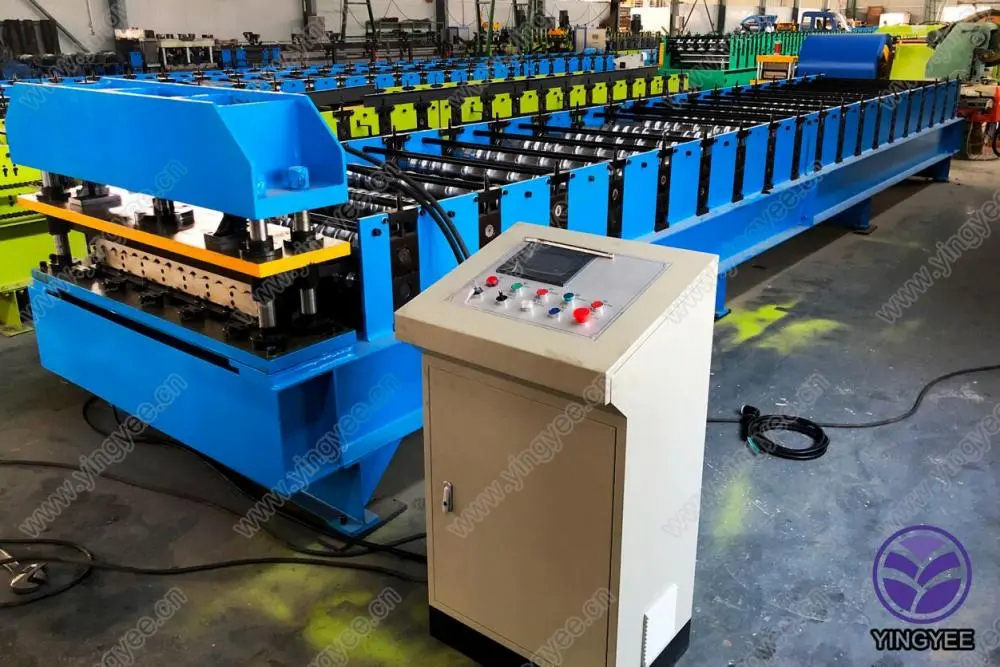
The Evolution and Significance of Corrugated Roofing Sheet Forming Machines
In the construction and manufacturing industries, the demand for durable and efficient building materials has led to significant advancements in machinery. One of the most essential pieces of equipment in this sector is the corrugated roofing sheet forming machine. This innovative machinery has transformed the way roofing materials are produced, ensuring higher quality, efficiency, and versatility.
Understanding Corrugated Roofing Sheets
Corrugated roofing sheets are characterized by their wavy or ridged surface, which adds strength and rigidity. These sheets are commonly made from metal, plastic, or fiberglass and are renowned for their lightweight nature, durability, and resistance to environmental factors. They are often used in industrial, commercial, and residential buildings, providing an economical solution for roofing needs while ensuring effective water drainage and weather protection.
The Role of Forming Machines
Corrugated roofing sheet forming machines are designed to convert flat sheets of material into the distinctive corrugated shape. The process begins with feeding the raw material into the machine, where it is then shaped through a series of rollers that create the desired profile. The precision of these machines is crucial, as even minor deviations can affect the structural integrity and appearance of the final product.
Modern forming machines are equipped with advanced features such as automatic feeding systems, programmable controls, and real-time monitoring, allowing for greater consistency and efficiency in production. This technology minimizes waste and reduces labor costs, making it a valuable investment for manufacturers.
Types of Corrugated Roofing Sheet Forming Machines

There are various types of corrugated roofing sheet forming machines available on the market, catering to different needs and preferences. Some machines are capable of producing multiple profiles, allowing manufacturers to offer a variety of products to their customers. Others focus on specific materials, including GALVALUME, galvanized steel, and PVC, ensuring compatibility with different roofing applications.
Additionally, there are portable versions of these machines that can be transported to job sites, enabling on-demand production of corrugated sheets. This flexibility can significantly reduce lead times and transportation costs for construction projects.
Environmental Impact and Sustainability
As industries worldwide strive to adopt more sustainable practices, the corrugated roofing sheet forming machine also plays a vital role in this transition. Many manufacturers are moving towards eco-friendly materials, such as recycled steel and high-density polyethylene, which minimize the environmental footprint of construction activities.
Furthermore, the efficiency of these machines contributes to less energy consumption during the production process. By producing roofing materials that are both durable and energy-efficient, businesses can contribute to greener building practices and standards.
Conclusion
The corrugated roofing sheet forming machine is an indispensable asset in the construction and manufacturing domains. Its ability to produce high-quality roofing materials efficiently and sustainably underscores its importance in meeting the growing demands of the industry. As technology continues to evolve, so too will the capabilities of these machines, paving the way for innovative designs and stronger, more resilient building materials. For any manufacturer or contractor involved in roofing applications, investing in a quality forming machine is a step towards achieving operational excellence and ensuring customer satisfaction. Ultimately, the evolution of corrugated roofing sheet forming machines represents a blend of engineering innovation and environmental responsibility, making them a cornerstone of modern construction practices.